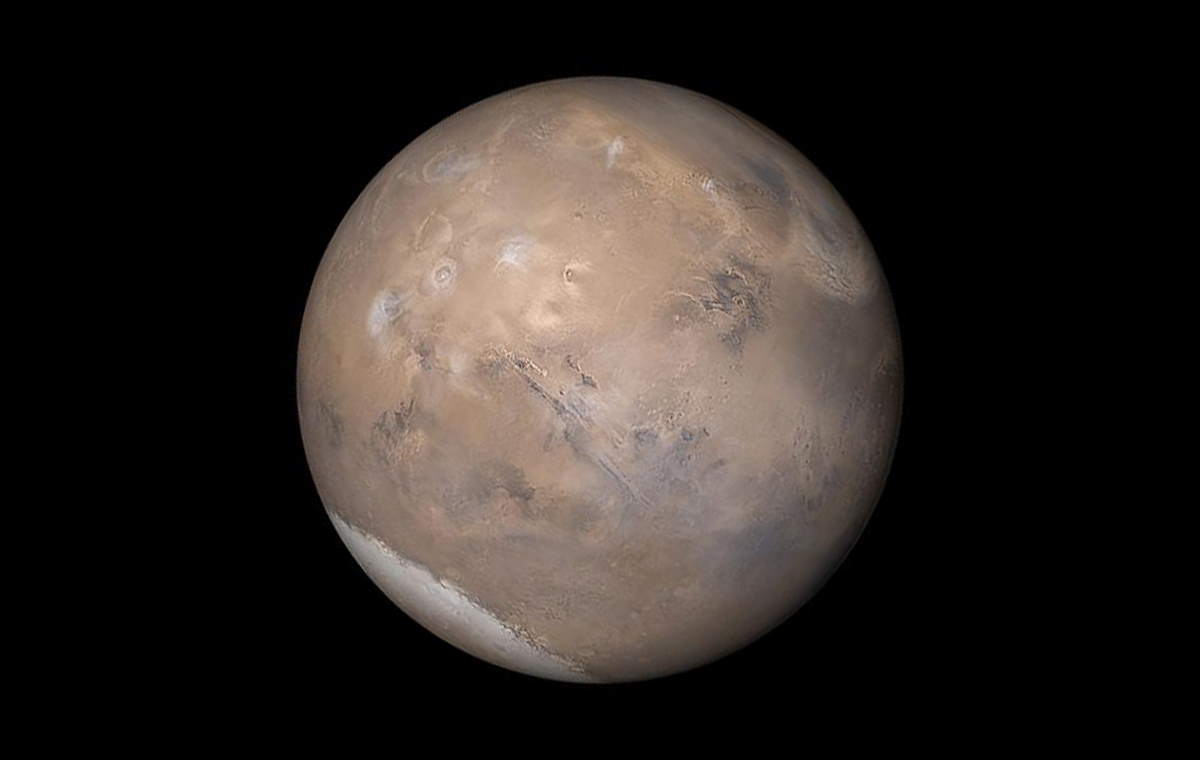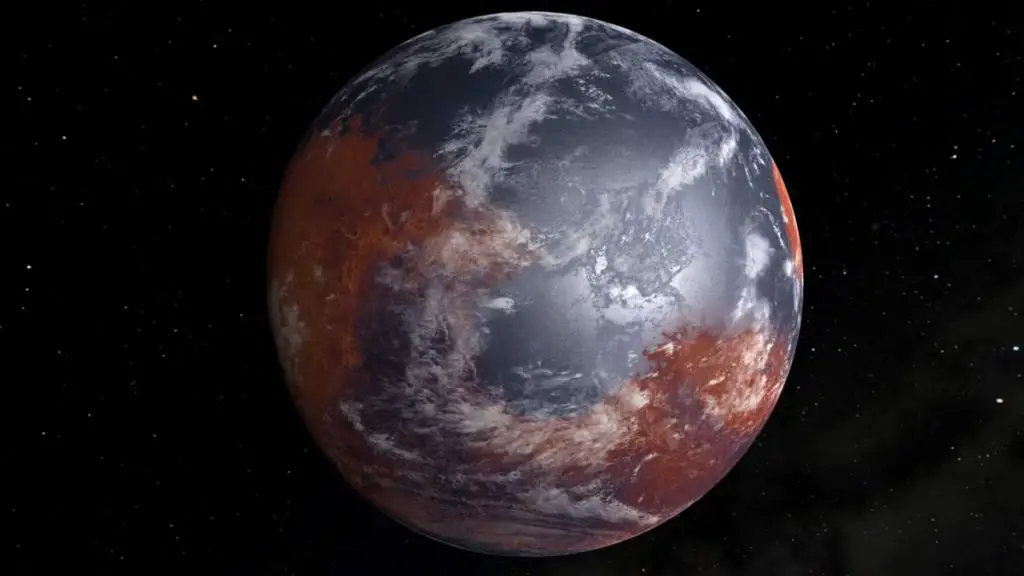Back in 2018, using the onboard radar instrument MARSIS (Mars Advanced Radar for Subsurface and Ionosphere Sounding), European Space Agency’s Mars Express orbiter discovered an underground reservoir that is buried about 1.5 km (0.93 mi) under the ice. Now, in September 2020, scientists analyzing Mars Express data have discovered three more subglacial lakes on Mars or pools of liquid water buried under the ice in the south polar region of the red planet. Could they be an oasis for microbial life?
Mounting evidence for subglacial lakes on Mars
The size of the central lake, also the largest one of the newly-discovered subglacial lakes is 20×30 km (12×19 miles). It is surrounded by smaller pools. The central lake is separated from the surrounding pools by narrow strips of dry rock.
The researchers speculate that the water in these pools is likely to be kept liquid by a high concentration of perchlorate salts and also by the pressure of overlying ice. It still remains to be seen if there is microbial life in these lakes.
Back in 2018, MARSIS also discovered an underground reservoir that is also buried about 1.5 km (0.93 mi) under the ice. It is about 20 km (12 mi) wide, the first known stable body of water on Mars.
Further data from the MARSIS instrument has now been analyzed by Elena Pettinelli of the University of Roma Tre and her colleagues. Their study is focused on 134 radar profiles generated by the ESA spacecraft in the Ultimi Scopuli region between 2010 and 2019. This place is about 80 degrees south and covered by about one kilometer of ice sheet.
For their analyzes, the researchers modified a method that was used in the discovery of several subglacial lakes on Greenland and Antarctica.
Water on Mars
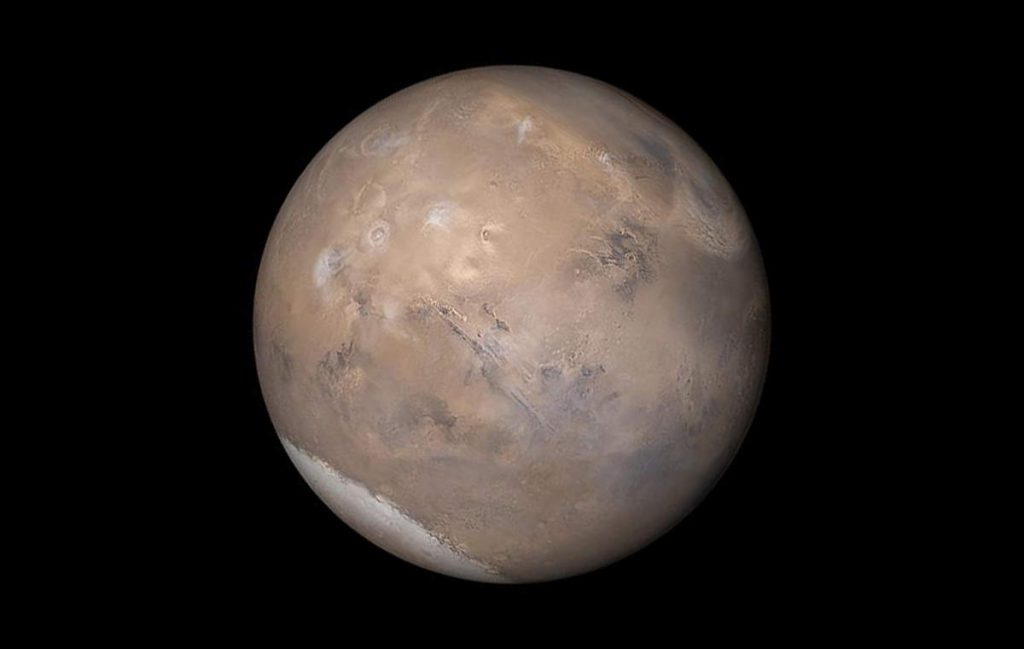
There is a lot of evidence that liquid water, whether from rivers and lakes or seas, once existed on Mars. Most of these features were created over 3 billion years ago when Mars had a different environment with a thicker atmosphere, providing the required conditions of pressure and temperature for the permanent existence of liquid water on the surface.
Despite Mars being a cold and extremely arid desert that is constantly bombarded with deadly solar radiation today, there is water on the red planet. But almost all of it is frozen, so there’s not much use for life: it occurs almost exclusively as water vapor or ice – for example in glaciers below the surface and in the ice caps of the Martian poles.
Surface signs of liquid water are extremely uncommon, even in areas where the noon-time temperature creeps above the freezing point of water (0 °C / 32 °F). This is because Mars’ atmospheric pressure is too low to hold water in its liquid state, so when heated, the water ice typically transforms directly into vapor (see the water phase diagram below).
Subglacial lakes on Mars can hold liquid water
But, subglacial lakes are a different story: thanks to perchlorate-containing alkalis in the Martian subsurface, the water could at least temporarily be liquid. Furthermore, the weight of the overlying ice can supply the necessary pressure to keep the water in the liquid state rather than directly vaporizing.
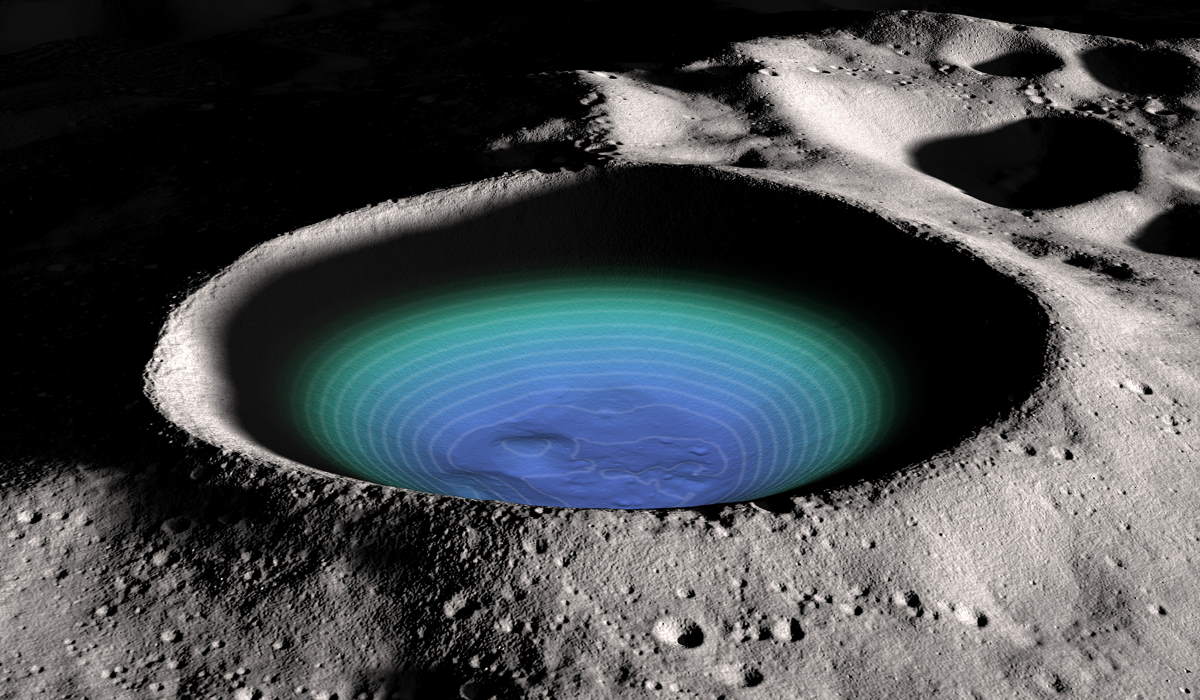
Related: Can we create a lake on the Moon?
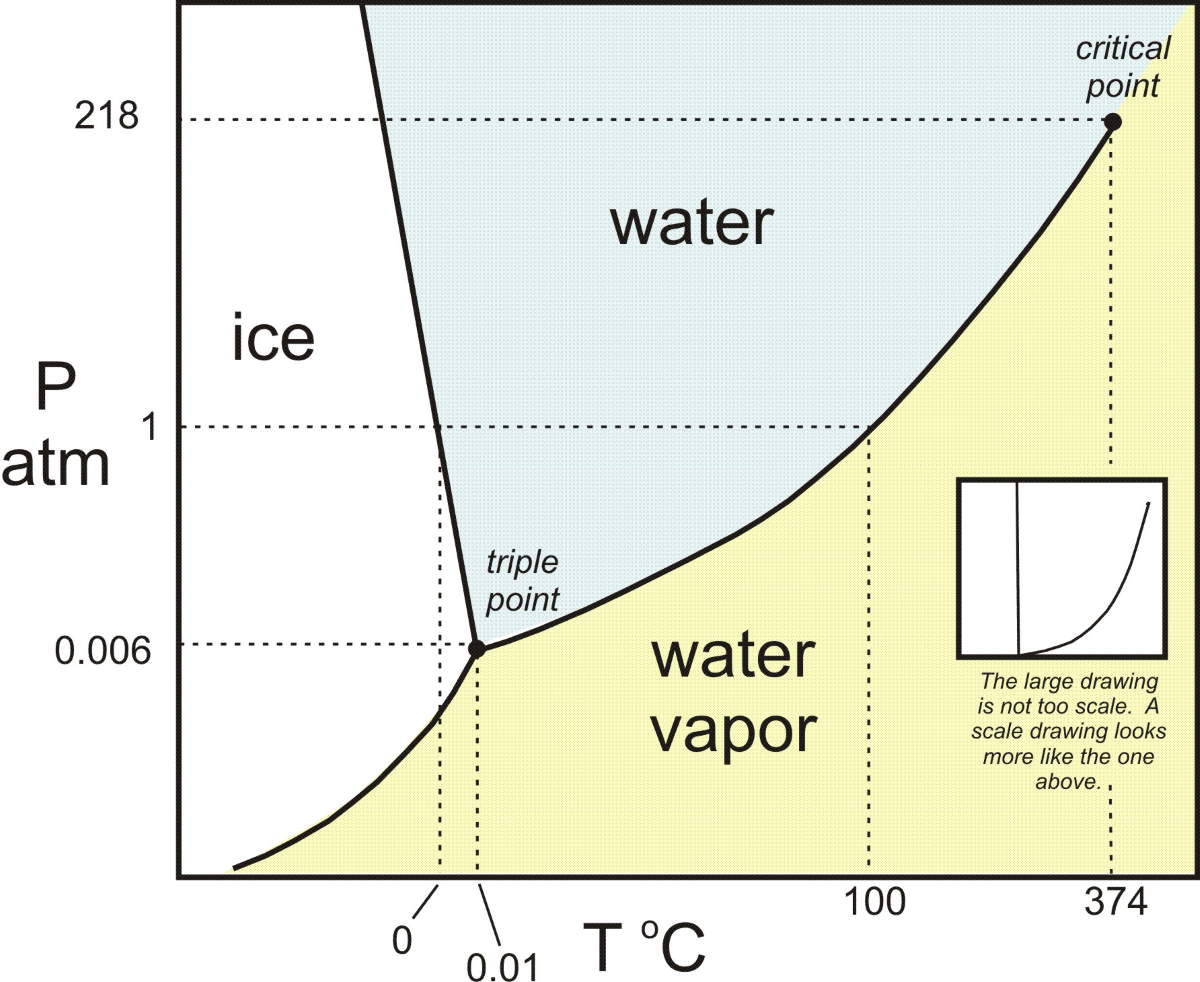
The water phase diagram also shows that the normal pressure and temperature on Mars’ surface are quite close to the point where water is stable (called the triple point) as liquid, solid, and vapor.
This means that it is possible for ice to melt instead of moving directly from ice to vapor if the temperature and pressure rise for a brief period of time, for example on a warm summer day. Combined with dissolved salts of calcium, magnesium, sodium, and potassium, the extra pressure from overlying ice overlying these subglacial lakes is most probably enough to keep the water in these pools in the liquid state, despite the low temperature at the base of the ice layer.
Is there life in the salty subglacial lakes of Mars?
The new discoveries open up the possibility that an entire system of ancient lakes could exist underground on Mars, perhaps millions or even billions of years old. They would be ideal places to look for clues about life on Mars, albeit very difficult to get to.
However, even microbial species can’t survive without an energy source. Some energy could be produced by chemical reactions between water and rock, but that would be possibly not enough.
If there was an occasional volcanic eruption or, at least, a hot spring feeding into the lake, it would help. But, there’s no evidence of this.
So, these salty subglacial lakes haven’t advanced the red planet’s ranking in the list of solar system bodies most likely to host life. But, it’s an exciting discovery, still.
Subglacial lakes on Earth
Subglacial lakes are also known on Earth, such as Lake Vostok in Antarctica. These salty pools can host unique ecosystems and provide useful analogies for astrobiologists studying how life can survive in extreme conditions. The techniques used to analyze radar data on Mars are similar to those used to study subglacial lakes in Antarctica, Canada, and Greenland.
Lake Vostok, for example, is touted as a potential refuge for life that has been separated from the surface of the Earth for millions of years.
It also serves as an analogue for proposed environments habitable by microbes (and possibly more complex organisms) in the internal oceans of icy moons of the Solar System, such as Jupiter’s Europa and Saturn’s Enceladus.
Sources
- Mounting evidence for subglacial lakes on Mars, but could they really host life? on The Conversion
- Mars Express on Wikipedia
- Mars on Wikipedia
- Why is there no liquid water on Mars at present? on the University of Copenhagen Center for Ice and Climate website
- Water on Mars on Wikipedia
- Space Shuttle Endeavour’s Touchdown Meets Columbia’s Salute [An amazing photo from the past] - February 29, 2024
- Moon Landings: All-Time List [1966-2024] - February 23, 2024
- From Orbit to Ordinary: 10 Earthly Applications of Space Technology - January 23, 2024
